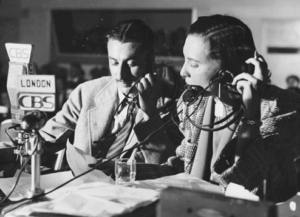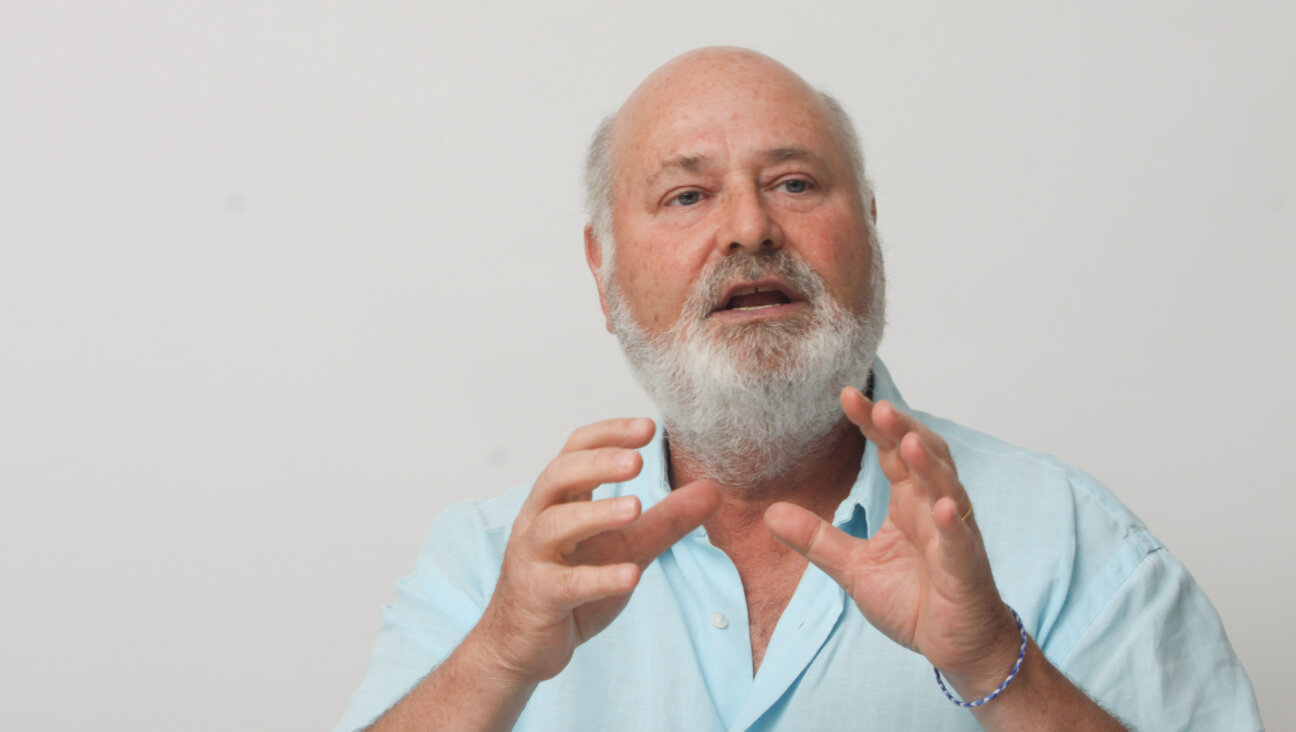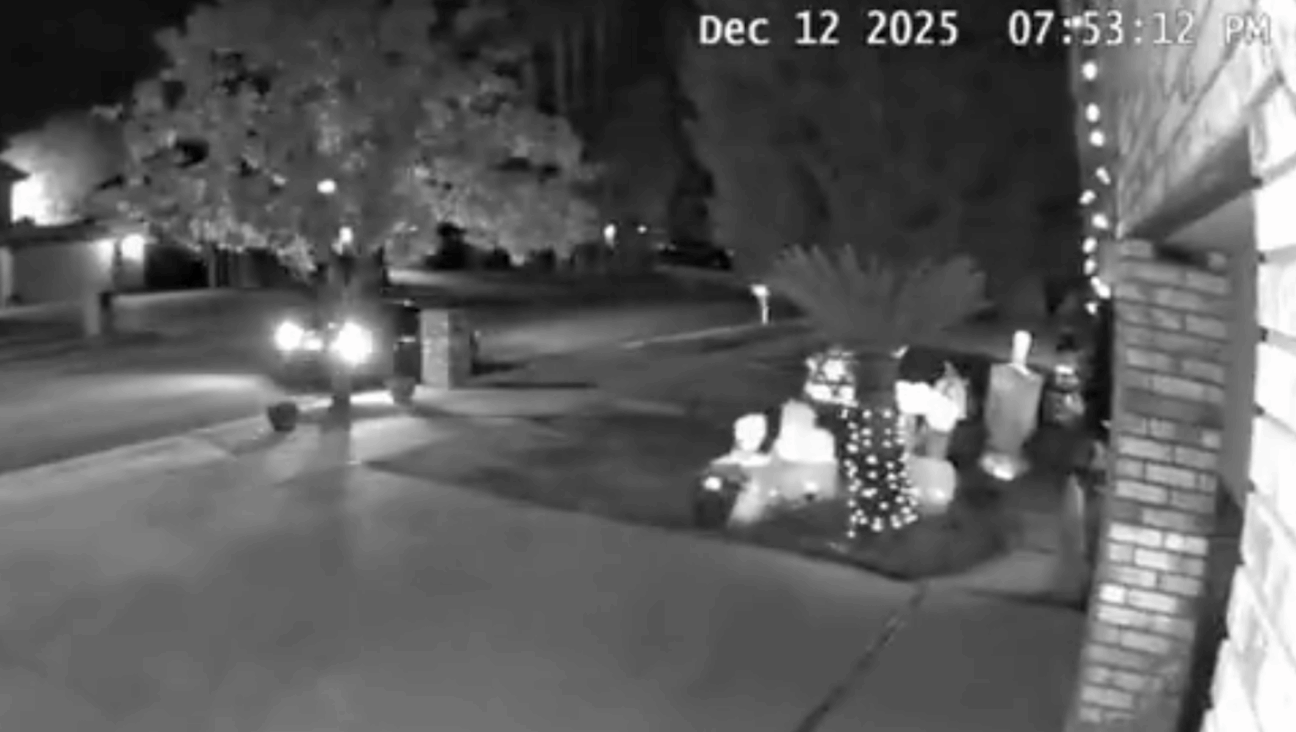She claims she saw Hitler’s ashes and danced with Goering. But is any of it true?
In a memoir about her adventurous mother-in-law, Terese Svoboda tries to separate truth from fiction.

Terese Svoboda’s latest book unpacks her mother-in-law’s habit of stretching the truth. Courtesy of Pine State Publicity/Collage made in Canva
Hitler and My Mother-in-Law
By Terese Svoboda
O/R Books, 416 pages, $23.00
Patricia Hartwell had many stories from her time as a correspondent for the US Office of War Information. Once, she said, she took a picture with Adolf Hitler’s ashes so American citizens would see that the war was over. It’s a thrilling tale, but nobody knows if it’s true.
The mystery surrounding this photo — where it is, if the ashes were actually Hitler’s, whether there even was a picture — takes center stage in Hitler and My Mother-in-Law, a lengthy memoir by author Terese Svoboda.

As a correspondent for the US Office of War Information during World War II, Hartwell was the first female reporter to arrive at Dachau and Hitler’s Eagle’s Nest. She also pocketed several of Hermann Goering’s medals. Well-researched, engaging, and occasionally cringe-inducing in its depiction of awkward interactions between Svoboda and Hartwell, the book paints Hartwell as a woman who was both morally dubious and undeniably impressive.
Svoboda, author of the novels Cannibal and Dog on Fire, has plenty of reasons not to believe her mother-in-law, who died in 1998 at age 82. She lied in an oral history of Hawaii’s State Foundation on Culture and the Arts about being accepted into Harvard Law School in 1936, even though women weren’t admitted there until 1950. She claimed several times to have been close friends with Eleanor Roosevelt and that she was invited to stay in the White House on occasion. No records of such a relationship with the former-First Lady exist.
While Svoboda doesn’t hold back her criticisms of her mother-in-law — and she has plenty — the memoir does not demonize her. Instead, Svoboda attempts to understand her mother-in-law’s penchant for embellishment in the context of the patriarchal society in which she lived, one that forced impressive women to be quiet about their achievements. Maybe struggling so long for recognition led Hartwell to feel the need to exaggerate her life story.
The book does not just explore the lies Hartwell told others but also the ones she told herself, such as refusing to believe that her second husband, Dickson Hartwell, a World War II veteran and fellow journalist, beat her children.

And yet among all the falsehoods, there are known facts about Hartwell’s life that seem stranger than the ones she invented. During the Allied occupation of Germany, Hartwell served briefly as the mayor of Berchtesgaden, a resort town where Hitler and other Nazi leaders vacationed. She got to see a collection of looted art recovered from Goering — and picked out a painting to take home. Apparently it wasn’t unusual for members of the American press and military to take souvenirs, no matter how heinous their origin story.
The piece, one of Lucas Cranach’s many versions of “Cupid Complaining to Venus,” was one of Hitler’s favorites. Nearly two decades after Hartwell brought it back to New York, Dickson sold the painting, apparently without her permission, to E. A. Silberman Galleries in order to purchase a small newspaper in Arizona. The Jewish-owned art firm then sold the painting to the National Gallery of London for over a hundred times more than what they bought it for.
Hartwell also claimed to have danced with Goering at a party that the American soldiers held the night of his arrest. According to some reports, rather than punishing Goering, the military fraternized with him. Based on her own archival research, Svoboda determines this claim to be plausible.
Why, Svoboda wonders, would Hartwell “want to boast of not only meeting the second most evil Nazi, but dancing with him?” If it’s a lie, it’s one that seems to work against its teller. If it’s the truth, it’s one most people would probably like to keep hidden. To some, whether it’s fiction or not may not be important. But Svoboda contends that to those who want to understand the type of person Hartwell was, the truth behind this story is crucial.
Although Svoboda remembers seeing the photo of Hartwell with Hitler’s ashes, it never resurfaced after the woman’s death. According to Svoboda’s husband, Hartwell’s oldest son, the ashes were not Hitler’s, just a random pile picked for a posed photo to mark the end of the war. No matter who — or what — the ashes belonged to, it’s the power behind the story, one of a fallen dictatorship, that mattered. And Hartwell clearly understood the power of stories.
















